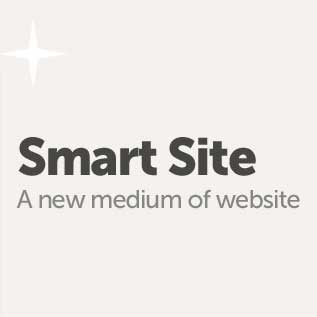 By Chuck Longanecker on Betterment: A blog for people who care about design:
By Chuck Longanecker on Betterment: A blog for people who care about design:
The mission of digital-telepathy is to make great design accessible to anyone by creating new standards that improve how people interact with and create digital design. From websites to mobile apps, TVs and beyond, we’re committed to making experiences that define the future of the screen interface. Though there is plenty of ground to cover to accomplish our mission, the higher we push the standards for publishers and designers, the better the experience becomes for all web users.
We’re starting our mission with a focus on websites. Still based on print paradigms with archaic, link-driven tables of contents and page structures, today’s websites don’t capitalize on the native opportunities of the digital medium they live in. They are disjointed and kludgy, hampering the user’s ability to accomplish his or her goals. And yet, we don’t need to look any further than our handheld devices to see that user experiences don’t have to be this way. Fluid and guided, mobile apps are intuitive, providing visceral feedback that satisfies and keeps us coming back. They are the antithesis of most web experiences.
So what’s preventing the website from becoming as enjoyable and effective as mobile apps? Thanks to app-like interactions made possible by JavaScript and CSS3, faster connection speeds, and responsive design, there is no technical reason that websites can’t evolve. The only remaining barrier to a great experience is exceptional web design. Why? Because it’s historically been incredibly expensive. But if we think in terms of the experience and forget what we know about traditional web design, we can free ourselves of the expensive corporate site design time sink, and find a way to bring intuitive design to website owners everywhere.
As designers of the Web, we need to rally around a common cause of democratizing web-based experiences as seamless, story-driven, goal-based, intuitive and viscerally satisfying as their mobile brethren.




